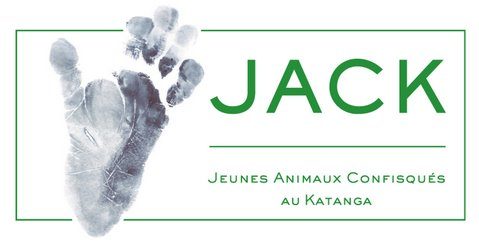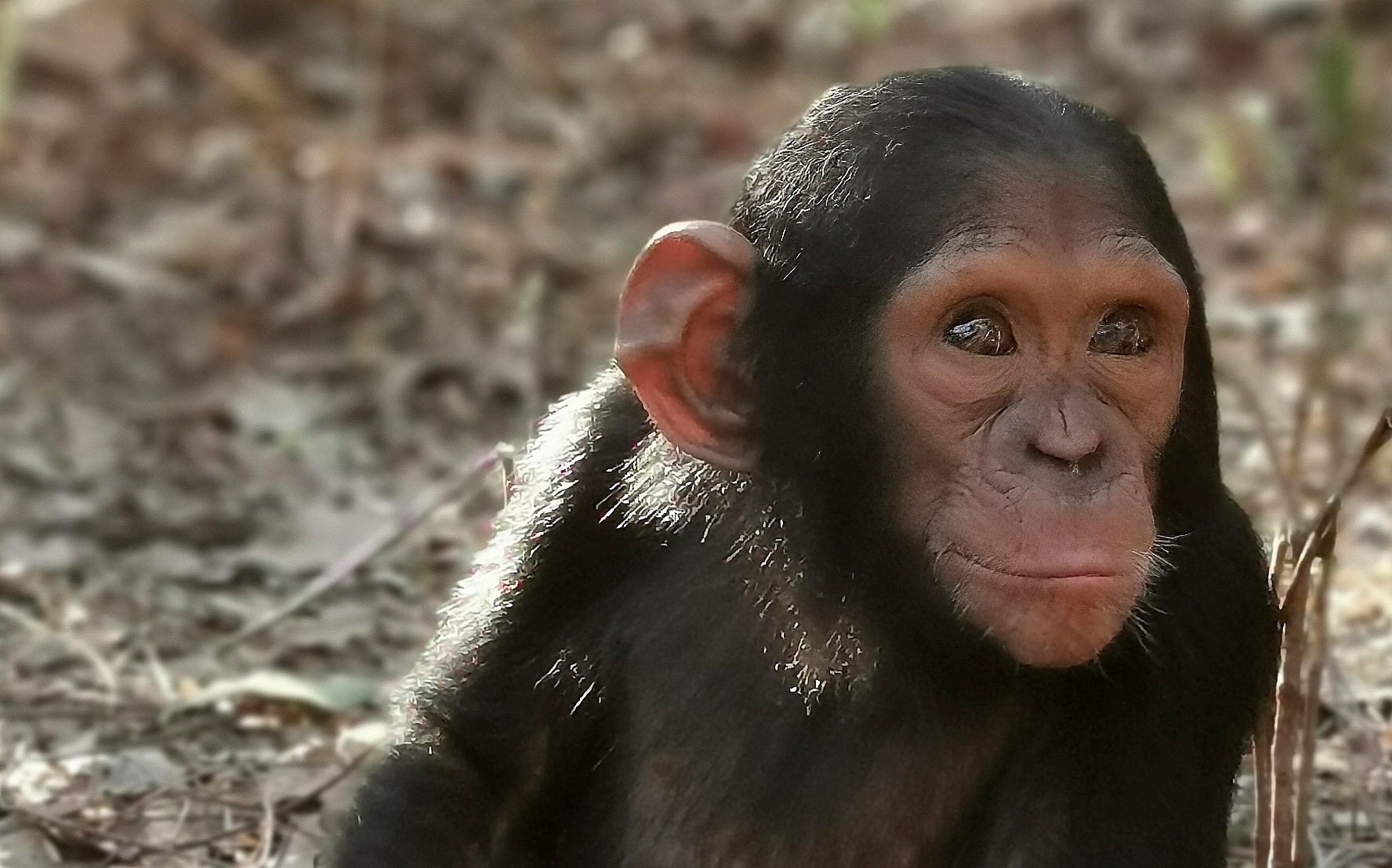The International Union for the Conservation of Nature (IUCN) has classified chimpanzees and some endemic primate species of the DRC as endangered on its red list of threatened species.
The Democratic Republic of Congo is the third country in the world with the highest diversity of primates and the first in Africa. Moreover, the DR Congo is among the four countries in the world (together with Brazil, Madagascar and Indonesia) to have 65% of all primate species.
Unfortunately, 2/3 of the primates living in these countries are facing extinction. Some endemic and fully protected monkey species are increasingly vulnerable and their populations are disappearing due to different reasons, such as:
THE BUSHMEAT TRADE & THE EXOTIC PET TRADE
In the Democratic Republic of Congo, as in most African countries, agriculture provides the necessary calorie resources. In addition, bushmeat represents 80% of the protein intake for the local population and plays an important role in terms of dietary diversity.
However, increased bushmeat consumption in cities and abroad and more efficient hunting practices have pushed the capture of wild animals (including primates) to unsustainable level.
This persistent consumption sadly leads to the depopulation of African forests and also generates a continuous growth of orphans linked to the bushmeat trade. These little ones become the by-product of this despicable illegal trade: because they are too thin to be eaten, they are either sold as pets or abandoned in the villages where they become toys for the children.
In addition to this, the trade in exotic species to be kept as pets threatens the survival of wild species, the welfare of the animals, and the health of humans and other animals.
At every stage of the trade in exotic pets, the animals suffer, whether they have come from the wild or from a breeding facility.
The capture of animals in the wild can deplete native populations by up to 70%, according to the EcoHealth Alliance, and threaten biodiversity. Crude and non-species-specific methods may be used to catch wild animals, which can damage the ecosystem and result in injuries or death for both target and non-target animals. It is said that, for instance, for every chimpanzee kept as a pet or in a zoo, another ten die in capture or trade conditions.
HABITAT DESTRUCTION
Continual rise of human population means an increasing demand for land for living and for agriculture. This is how humans are encroaching on the natural habitat of so much wildlife thus slashing and burning any piece of forest that is left and where wild creatures live. Besides, logging (to expand agriculture and for economic gain), mining and oïl extraction represent serious threats too.
DISEASE
As for chimpanzees, they are so similar to humans that diseases are easily transmissible between them. This is called ‘zoonotic disease’; Ebola haemorrhagic fever is one of these zoonotic diseases which each know to have killed both humans and apes.
.

